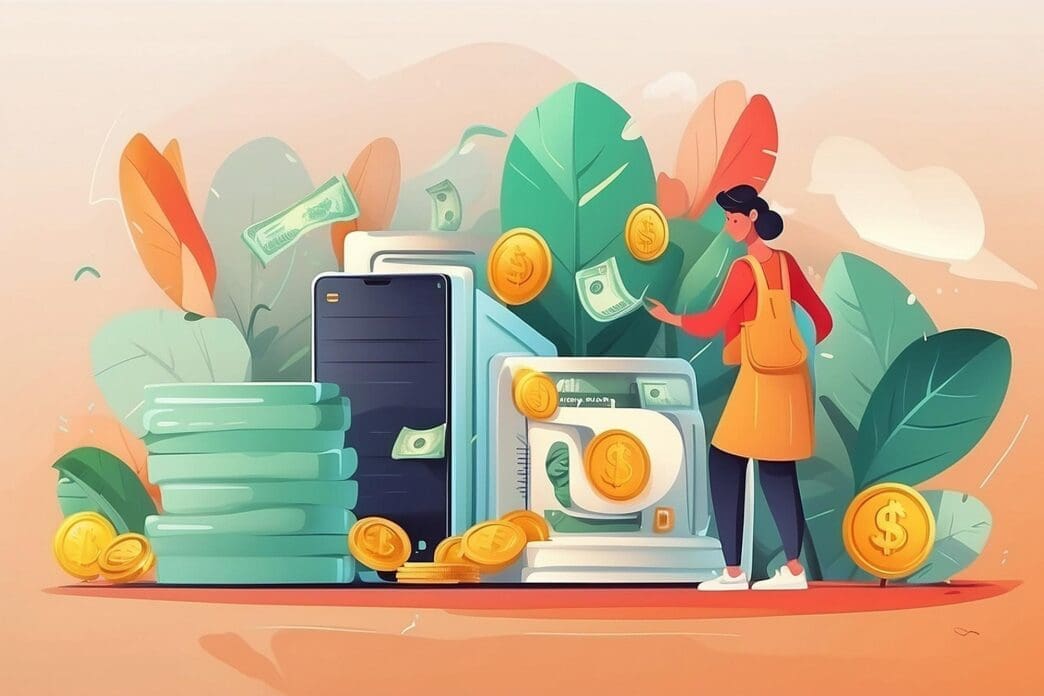Executive Summary
The Story So Far
Why This Matters
Who Thinks What?
Micro-payments, the digital transactions of small sums, are poised to fundamentally reshape how content creators earn income, offering a potential revolution for the burgeoning creator economy. This shift moves beyond traditional advertising models and rigid subscriptions, enabling artists, writers, musicians, and digital innovators to receive direct, incremental compensation for their work. By facilitating frictionless, low-value exchanges, micro-payments promise to democratize income generation, allowing creators to monetize even the smallest interactions and build more stable, diversified revenue streams across various digital platforms.
Understanding the Micro-Payment Phenomenon
At its core, a micro-payment is a financial transaction involving a very small amount of money, typically ranging from a few cents to a few dollars. While the concept has existed for decades, past attempts often faltered due to high transaction fees and cumbersome user experiences. Today, advancements in FinTech, including more efficient payment rails, digital wallets, and blockchain technology, have significantly reduced these barriers, making micro-payments a viable and increasingly attractive option.
Unlike traditional monetization methods such as display advertising, which offers fractions of a cent per view, or subscription models that demand a recurring commitment, micro-payments allow for a more granular exchange of value. This enables fans to support creators directly for specific pieces of content or brief engagements without the burden of a larger financial pledge.
The Evolving Creator Economy Landscape
The creator economy, a vibrant ecosystem where individuals monetize their skills and content, faces significant challenges despite its rapid growth. Many creators struggle with income volatility, heavy reliance on platform algorithms for discoverability, and the pressure to produce viral content to sustain ad revenue. Traditional models often favor a small percentage of top-tier creators, leaving a vast “middle class” of talented individuals with dedicated but smaller audiences struggling to earn a living.
Micro-payments offer a compelling solution by enabling these creators to tap into the collective support of their audience. Instead of chasing large sponsorship deals or relying solely on a few high-paying subscribers, creators can aggregate numerous small contributions, which can cumulatively amount to substantial and more predictable income.
How Micro-Payments Empower Creators
Direct Financial Support
One of the most significant advantages of micro-payments is the ability for fans to provide direct financial support for specific content. A reader might pay 25 cents for an insightful article, a listener a dollar for a new song, or a viewer a small sum to access an exclusive video. This direct exchange fosters a stronger, more transactional relationship between creator and consumer, where value is immediately recognized and rewarded.
Pay-as-You-Go Models
Micro-payments facilitate flexible pay-as-you-go models, allowing consumers to pay only for what they consume. This contrasts sharply with all-or-nothing subscriptions, which can deter casual engagement. For instance, a user might pay per minute for a live stream, per chapter for an e-book, or per use for a software plugin, offering greater flexibility and perceived value.
Tipping and Appreciation
Platforms like Twitch, YouTube, and various blogging sites have already integrated tipping mechanisms, allowing viewers and readers to send small, voluntary contributions as a sign of appreciation. These “tips,” often facilitated by digital currencies or in-app tokens, function as micro-payments, directly rewarding creators for engaging content in real-time. Such systems enhance audience engagement and provide an immediate feedback loop for creators.
Blockchain and Cryptocurrency Innovations
The advent of blockchain technology has further boosted the potential of micro-payments. Cryptocurrencies and decentralized payment networks can drastically reduce transaction fees, especially for cross-border payments, making very small transfers economically feasible. Projects like the Basic Attention Token (BAT) with the Brave browser allow users to tip creators directly with crypto based on their attention, bypassing traditional ad intermediaries entirely. Non-fungible tokens (NFTs) also explore micro-payments through fractional ownership or royalty distributions on secondary sales.
Benefits for the Creator Economy
Fairer and More Equitable Compensation
Micro-payments enable a more equitable distribution of income by directly linking compensation to content consumption and appreciation, rather than relying on opaque advertising algorithms. This can empower a wider array of creators to earn sustainable income, not just those with viral reach.
Reduced Reliance on Advertising
By offering an alternative revenue stream, micro-payments can lessen creators’ dependence on volatile and often intrusive advertising. This allows creators to focus on producing high-quality content that resonates with their audience, rather than optimizing for ad impressions or click-through rates.
Lower Barrier to Entry for Supporters
For fans, micro-payments provide an easy, low-commitment way to support their favorite creators without committing to a monthly subscription. This can convert casual viewers or readers into active financial supporters, broadening the base of individuals contributing to creators’ livelihoods.
Enhanced Creator Autonomy
With diverse income streams, including micro-payments, creators gain greater autonomy and resilience. They become less beholden to single platforms or revenue models, fostering a more independent and creator-centric ecosystem.
Navigating the Challenges
Despite their immense potential, micro-payments are not without hurdles. The primary challenge remains transaction fees; even small percentages can significantly erode the value of tiny payments. However, FinTech innovations are continuously addressing this, with specialized payment processors and blockchain layer-2 solutions designed for high-volume, low-cost transactions.
Another consideration is user friction. Requiring users to approve every micro-transaction can be cumbersome. Solutions involve pre-funded digital wallets, automatic debits for defined consumption limits, or seamless, one-click payment integrations that make the process almost imperceptible. The psychological barrier of paying for content that was once free also needs to be overcome through clear value propositions and superior user experiences.
The Future of Creator Earnings
As digital payment infrastructure continues to mature and user interfaces become more intuitive, micro-payments are poised to become a mainstream component of the creator economy. We can anticipate more platforms integrating robust micro-payment options, potentially leading to novel monetization models such as “pay-per-second” for video content or “pay-per-word” for long-form articles. This evolution promises a future where creators of all sizes can build more stable, transparent, and direct financial relationships with their audiences, fostering a more vibrant and sustainable digital creative landscape.








